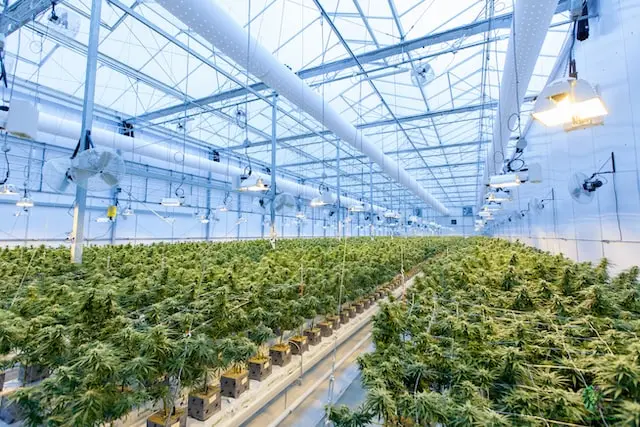Cannabis stakeholders and farmers around the world have an awesome opportunity to come to the forefront of the industry’s green revolutions. Still, it offers a lot of room for improvement. In this blog let’s highlight the prospect of reducing the carbon footprint by promoting cannabis farming.
The cannabis industry at large is considered ‘green’, however, it is not enough, and there is still a lot to be desired regarding cultivators’ carbon footprint. With every new stud, cannabis it is highlighted that cannabis cultivation is responsible for high carbon emissions, contributing to the unwanted climate change.
It is mainly due to the rising use of technology in cannabis cultivation as many countries have different regulation policies and require specific strains of the cannabis plant to meet the government regulations on legal cannabis farming. For instance, indoor growing facilities drain out a large amount of electricity to operate and also spike carbon dioxide emissions to propagate a better environment to plant for rapid photosynthesis and plant growth.
The cannabis market is growing to fold year by year, and many industry experts have anticipated seeing a surge of 19% annual growth in the future. With such a rapid rise in demand, cannabis stakeholders have to come up with better management practices and improved energy efficiency, and cut down on emissions to curate a true “Green Rush”.
The Rising Boom but Concerns Sparked
Industry growth has spurred competition in the marketplace, which has reduced prices. Producers are working to grow more high-quality cannabis cheaper to stay ahead of their competitors. Indoor farming, also known as controlled environment agriculture (CEA), allows growers to maximize their control over production, with precise input to generate exceptional crop quality and technology to lower costs.
A study by PitchBook Data shows investors pumped $929 million into CEA projects in 2020, more than double the amount they invested in 2019, also COVID-19 exposed vulnerabilities in the global food supply chain.
Cannabis cultivation requires closed environment agriculture as it is comprised of many different chemicals which have their own unique properties. To capitalize on the industrial aspect of the cannabis plant, many cannabis farmers prefer indoor farming which requires a lot of energy.
Indoor cannabis farming requires a lot of energy to run much important equipment like heating systems, air conditioning, ventilation, and lighting. Energy consumption leads to greenhouse gas emissions. In one example, the cannabis industry in Colorado is responsible for 1.3% of the state’s carbon emissions, which is even more than what we observe in the coal mining and trash collation.
Additionally, a rapid influx in cannabis cultivation has also raised a water scarcity scare which can hamper the availability of freshwater. Many debates that the cannabis plant in general requires a minuscule amount of water & almost half in comparison to other industrial crops like cotton.
Growing quality cannabis requires a large number of nutrients such as nitrogen, phosphorus, and potassium, among other routine pest and disease control. Some of such chemicals can pose a tremendous amount of risk to the natural groundwater if they seep into the soil and also irregularly discharge the soil fertility.
Green is the New Chinch
Overcoming these challenges is key for the industry to continue expanding business. A survey conducted by Cone Communications shows that, out of 1000 people sampled, 92% claimed they are more likely to trust a company that supports social or environmental issues, with 88% claiming such measures would make them more loyal to a brand.
As it stands, there is little to no government regulation on emissions from growing cannabis indoors. Immediate changes in the industry would likely be facilitated as per the corporate social responsibilities. It can also be considered as self-regulation to promote stewardship and sustainability.
It becomes important for cannabis cultivators to consider precision irrigation technologies such as soil moisture monitors and automated sprinklers for optimal water consumption. Leading business leaders should not measure the return on investment in short duration & limited cost.
Corporate social responsibility is already a proven draw for enhancing brand loyalty. Further tax credits and financing options may also make green innovation more affordable. The regulatory environment for growing indoor cannabis becomes more evident, and the economic and social benefits more attractive.
Cannabis cultivation in general is not so green process, yet in comparison to other available resources, it is much more eco-friendly and can lead a reliable path towards sustainable development. If you wish to know more about industrial hemp you can visit www.naplimited.com and explore the wide range of hemp-infused products for wholesome wellness and viable social-economic development.

